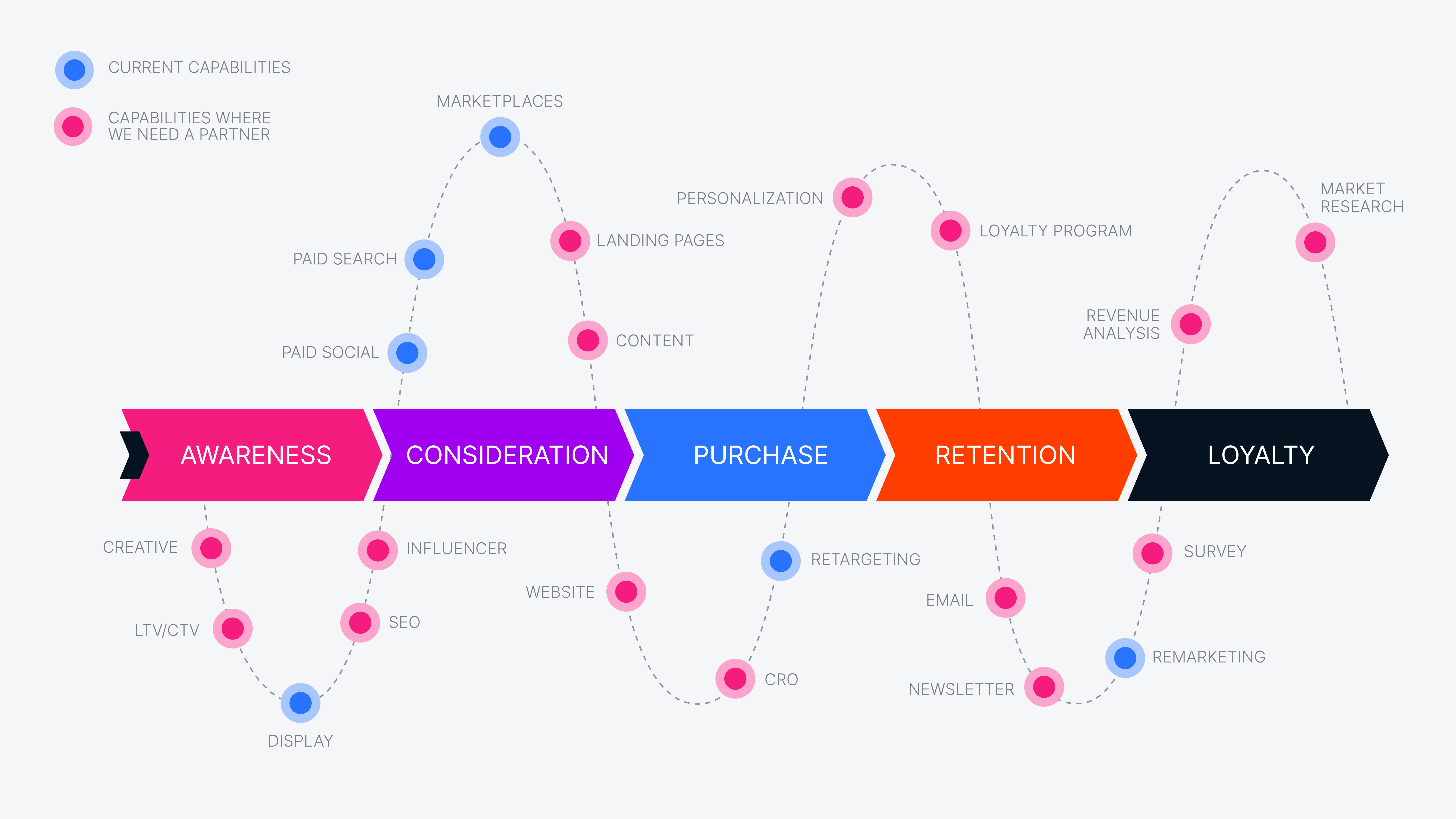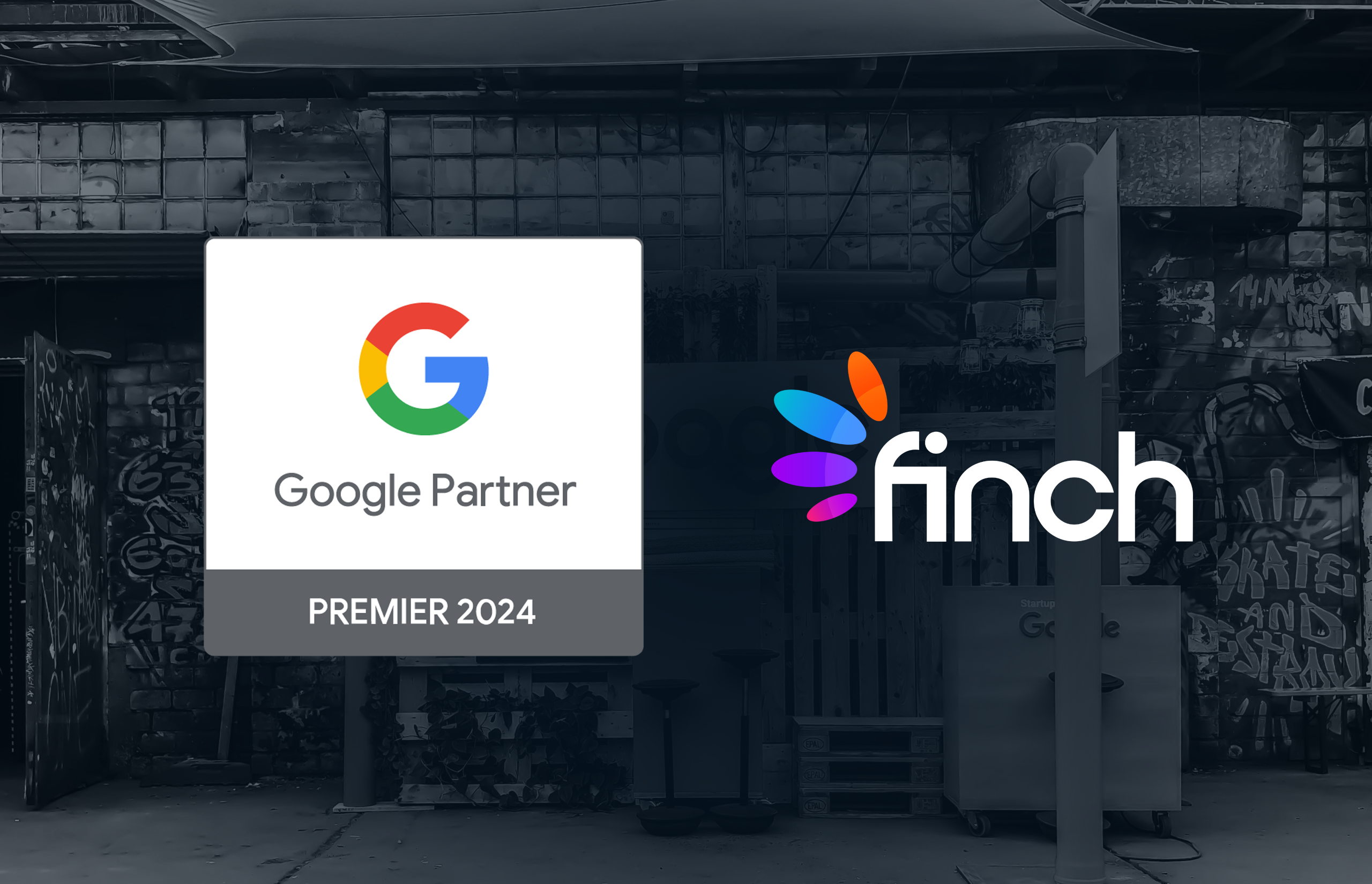My first question was, “What went wrong?”
She responded, “I don’t know!”
So I asked for access to her AdWords account to help assess the situation.
As you know, there are countless issues that can cause an account to halt performance. In this case, the setup was reasonable, while we identified plenty of areas to improve on, let’s just assume for the sake of argument that the account at its core was sufficient.
There is one area that is often overlooked by even experienced and savvy online marketers, the attribution model. Too often I hear “attribution models really do not matter.” To that my response is: “You must not understand how this all works.”
In this particular AdWords account, they used Google Analytics as their tracking tool. It is then imported into AdWords so the advertiser can measure the return on ad spend (ROAS) as they have defined it, in this case, revenue and the cost of that revenue.
Google Analytics has a very specific and well-documented method for attributing revenue to the cost of the click once it is imported into Google AdWords. The last action must be a click on the ad for it to be counted. For example, if you click on an Ad and do not buy, but an hour later you do a search for the branded term then click on the organic link, the organic link will get all the credit and the original AdWords click will get none. Google Analytics uses the Last Click methodology, but the last click had to be on the ad.
Google AdWords also has a very specific and well-documented method for attributing revenues, but their method is different. They also give credit to the Last Click by default (other options are available), however, the last ad clicked on gets full credit, regardless of subsequent searches. In the example above where an ad was clicked on followed by an organic click, AdWords would get full credit for generating that revenue.
I’ve mentioned that this choice matters but why does it matter so much? Each advertiser will see different gaps between these two methods. We generally see that AdWords provides 30-50% more revenue than Analytics does. This makes sense because Google Analytics is a pure measurement tool for everything while AdWords tracking is a tool to find relationships between spend and revenue. By using AdWords you can find events that can be repeated to drive performance optimization.
Two identical advertisers buying clicks from the same keyword with the same objective of 10% cost of revenues but using different attribution models. The example to the far left can justify spending $1/click while one to the far right can justify spending $2. Everything else being equal, who will sit in position #1 and benefit from higher CTR and the resulting increased quality score improvement? The advertiser on the right!
This example illustrates a very important point:
You cannot look simply at the performance data as absolute numbers that will match your accounting system. Attribution modeling will never capture all the conversions as there is always leakage, but the purpose is to identify quantitative relationships between cost and revenue that can be replicated to maximize revenues and minimize risk.
There is one more aspect of this that amplifies the models above, that is the attribution allocation modeling when there are multiple clicks driving the final conversion. The illustration below shows how advertisers may choose different models depending on the objective and business situation.
To make the point clear, an advertiser focused on aggressive growth would build an attribution model similar to the right side of Illustration 1 and use the first click option from Illustration 2.
Back to our story, the prospective client was using the far left side options (Analytics and very conservative models) from both illustrations and their positions were dropping over time, driving click/conversion volume down and Quality Score down. The life was taken out of the campaign in the presence of more aggressive competitors. The attribution models chosen sucked the performance out. It did not matter what else they did…the conservative attribution models caused too much harm.
In this case, the advertiser had a goal to drive growth aggressively, but the attribution model choked the ability to make it happen. The reason is twofold:
-
- The conservative method of attributing revenue results in bids that are often too low to be competitive (Max CPC = Cost/Revenue * Conversion rate). This lowers ad position which lowers click-through-rate (CTR).
- A lowered CTR drives down Quality Score which in turn drives up cost.
The moral of this story is that attribution modeling matters…it matters a lot, and you better make sure that you think through how you choose to do this in the context of competing with others for clicks (=revenue). Attribution modeling is a strategic decision, not a philosophical one or a tool to balance your cash register at the end of the day.








